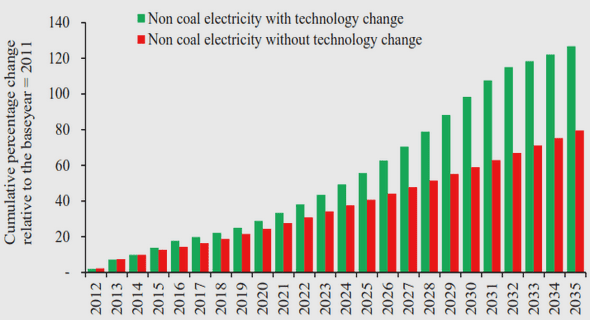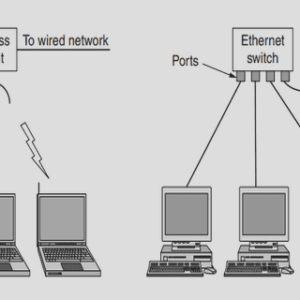(Downloads - 0)
For more info about our services contact : help@bestpfe.com
Table of contents
1 Theoretical background and state of the art
1.1 Natural ventilation in buildings
1.1.1 The role of natural ventilation
1.1.2 The natural ventilation concept
1.1.3 Assessment techniques for the natural ventilation airow rate
1.2 Thermal behavior modeling and identication approaches
1.2.1 Thermal behavior of a passive building: the role of the envelope
1.2.2 Modeling approaches for forecasting in buildings
1.3 Coupling between natural ventilation and thermal mass
1.4 Heat ux measurement techniques for rigid surfaces
1.4.1 Principles of the heat ux measurement
1.4.2 Implementation of heat ux meters for measuring the supercial heat exchanges 31
1.4.3 Perturbations and uncertainties introduced by the heat ux meter
1.4.4 Calibration techniques for at-plate type of heat ux sensors
1.5 Concluding remarks and perspectives
2 Characterization of the coupling of the energy charge-discharge process with natural ventilation
2.1 Description of the experimental platform
2.1.1 Passive strategies for the charge-discharge process in summer
2.1.2 Natural ventilation system and openings
2.2 Experimental approach and protocol
2.2.1 Instrumentation of the thermal mass domain
2.2.2 Instrumentation of the building
2.2.3 Measuring system and calibration
2.3 Semi-empirical models for data processing
2.3.1 Decoupling the convection and radiation heat exchanges
2.3.2 Mean radiant temperature of surrounding surfaces
2.4 Experimental plan implemented in the measurement campaigns
2.5 Results and discussion on the coupling between the energy charge-discharge and natural ventilation .
2.5.1 Classication of the experimental data
2.5.2 Thermal behavior of the platform under dierent opening congurations and outdoor conditions
2.5.3 Coupling of the charge-discharge process with natural ventilation within the indoor environment
2.6 Characterization of the energy charge and discharge processes
2.6.1 Impact of the outdoor environment upon the indoor environment via correlation analysis .
2.6.2 Identication of the heat transfer phenomena involved
2.7 Thermal comfort assessment of a simple opening-closing strategy
2.7.1 Indicators employed in the assessment
2.7.2 Impact of a passive night ventilation strategy on internal thermal comfort
2.8 Concluding remarks
3 Characterization of the natural ventilation airow rate
3.1 Initial considerations and airow pattern recognition
3.2 Modeling of the natural airow rate in the platform
3.3 Airow characteristics of the openings
3.3.1 Recovery of the envelope tightness and airtightness tests
3.3.2 Discharge coecient of the openings
3.3.3 Identication of C and n for each opening
3.4 Results and analysis
3.4.1 Airtightness tests and discharge coecient identication
3.4.2 Comparison of the air change rate per hour using airtightness tests
3.4.3 Airow simulation results
3.5 Concluding remarks on the airow characteristics of the platform and perspectives
4 Identication of a thermal model to describe the behavior of the platform
4.1 Identication of a thermal behavior model for the indoor air using experimental data .
4.1.1 Energy balance for the indoor air
4.1.2 Estimation of the natural airow rate via heat ux and temperature measurements
4.1.3 Identication of Model A for all opening conguration
4.2 Choice of a thermal behavior model for the thermal mass
4.2.1 Lumped-capacitance approximation
4.2.2 Spatial discretization via nite dierences
4.2.3 Choice of a Model B for all opening conguration
4.3 A complete model for describing the coupling between the energy charge-discharge of the thermal mass and natural ventilation
4.3.1 Evaluation of the model with data inside the identication process
4.3.2 Evaluation of the model with data outside the identication process
4.4 Concluding remarks
General conclusion and future work
Associated publications
Bibliography



